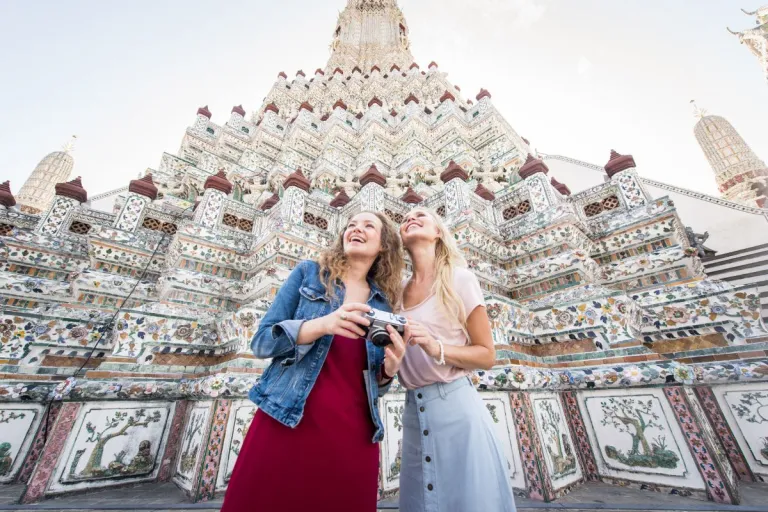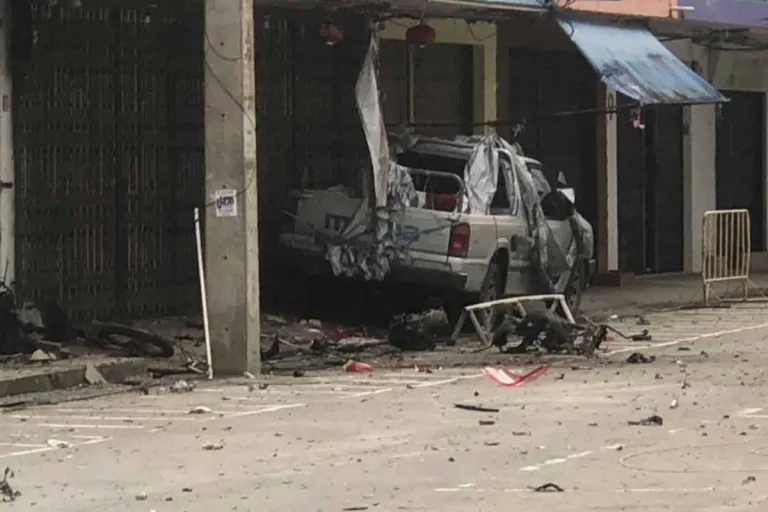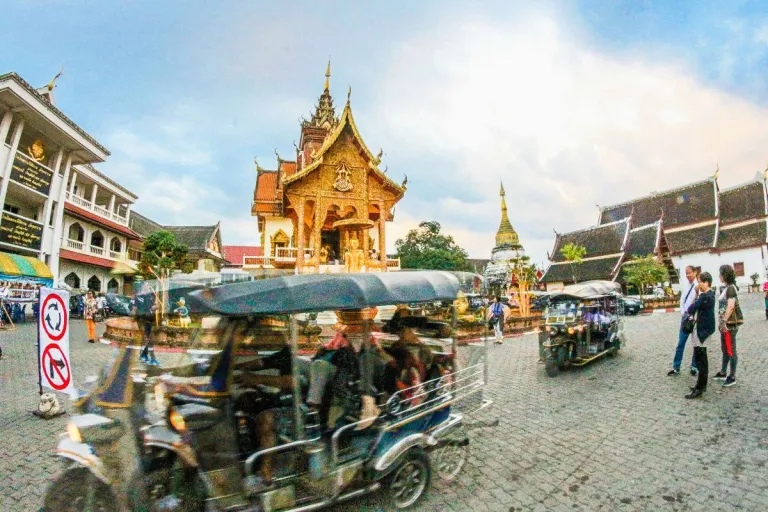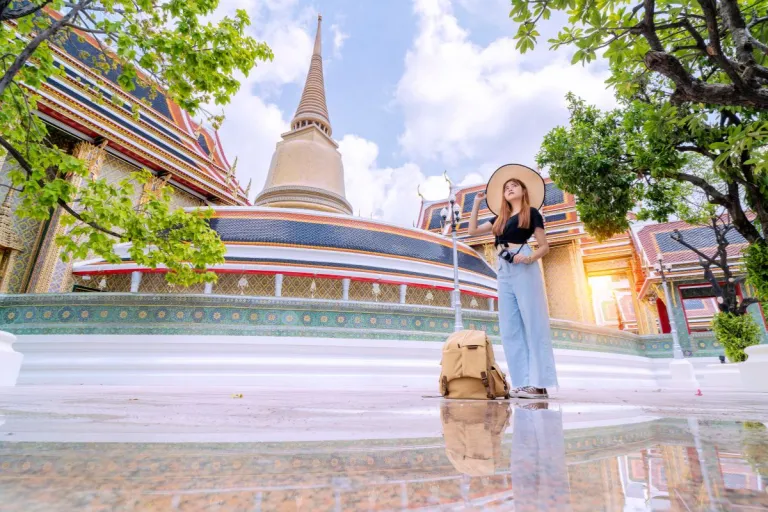Not just Boracay...
Thailand Travel Alert 2025: What Tourists Need to Know After Recent Bomb Attack

Thailand has long been a favourite destination for travellers worldwide. From its stunning beaches to its vibrant cities and rich cultural heritage, the Land of Smiles offers something for everyone. Whether visiting for a quick getaway, a food adventure, or an extended holiday, safety should always be a top priority.
However, with the recent bomb attack in Narathiwat, authorities are reminding travellers to stay alert and take necessary precautions. Various governments, including those of Malaysia, the UK, and the US, have issued travel advisories for certain regions of Thailand, particularly the southern provinces.
Also read: Bangkok's Chatuchak Weekend Market Guide 2025: Best Tips, Halal Food & Shopping Hacks
Why the warning?
 Image credit: Abdullah Benjakat | Bangkok Post Official Website
Image credit: Abdullah Benjakat | Bangkok Post Official Website
Southern Thailand, particularly provinces like Narathiwat, Pattani, and Yala, has experienced security incidents over the years. Some travellers have been caught in previous attacks, highlighting the need for extra caution. While Thailand remains a generally safe country for tourists, certain areas pose higher risks due to ongoing unrest. Awareness of these risks allows travellers to make informed decisions and take preventive measures.
What travellers should do?
 Image credit: icon0.com via Canva Pro
Image credit: icon0.com via Canva Pro
When visiting Thailand, it is important to take proactive steps to ensure safety. Staying informed and aware of potential risks can help make the trip smooth and enjoyable.
One key precaution is to stay updated on travel advisories. Checking official government warnings and local news is essential, especially for those visiting regions near the southern border. Government websites and embassy updates are excellent sources of real-time information.
Another important factor is to follow local laws and regulations. Thailand has its own legal framework, and violating its laws, even unknowingly, can result in serious consequences. Whether related to visa requirements, traffic laws, or cultural practices, researching in advance can prevent unnecessary problems.
Travellers should also remain aware of their surroundings. Although Thailand is generally safe, caution is advised in crowded places, transportation hubs, and government buildings, as these areas could be potential targets for security threats.
For those planning an extended stay, registering with their embassy or consulate is a recommended step. This allows authorities to assist more efficiently in case of emergencies.
Lastly, it is crucial to respect local customs and security measures. Thai authorities enforce strict safety protocols in certain regions, so following their instructions is essential for a hassle-free trip.
Stay safe and travel smart
 Image credit: jittawit21 via Canva Pro
Image credit: jittawit21 via Canva Pro
Also read: Thailand Introduces Mandatory Digital Arrival Card TM6 For All Tourists Starting May 2025
Thailand remains one of the world’s top travel destinations, and with the right precautions, it can still be a safe and enjoyable experience. Vigilance and awareness are key—by staying informed, respecting local rules, and keeping safety a priority, travellers can continue to explore Thailand with peace of mind.
For those planning their next Thai adventure, staying safe, travelling smart, and appreciating all that this incredible country has to offer will ensure a memorable experience.
Published at
About Author
Aimi Zulkiflee
Subscribe our Newsletter
Get our weekly tips and travel news!
Recommended Articles
10 Best Halal-Friendly Destinations in The Philippines for Muslim Travellers 10 Best Places for Muslim Travellers to See Tulip Festivals in 2025 Fun Fact: Tulips didn’t actually come from the Netherlands but Türkiye!
Top 10 Popular Muslim-Friendly Destinations to Visit in 2025 Our schedules are packed, buddies!
10 Halal Logos in ASEAN That Every Muslim Traveller Needs to Know Look for these logos before you EAT!
10 Halal Restaurants in Bangkok to Satisfy Your Thai Cravings From Korean-style BBQ and Punjabi curries to award-winning shrimp Pad Thai, take your pick from these amazing Halal restaurants in Bangkok.
Latest Articles
The Ultimate Guide For Muslim Travellers to Great Wisteria Festival in Japan You can spot 160-year-old wisteria tree that covers 1,000 sq meters!
Mona Lisa Relocation 2031: What Muslim Travellers Should Know About the Louvre Makeover You can catch Mona Lisa’s smile in under 1 minute!
Penang Airport Launches MyBorderPass: Faster Immigration For 63 Countries Faster customs for 63 countries at Penang Airport!
Travel Alert: Beijing and Northern China Hit by Extreme Winds — Safety Tips Inside China warns people under 50kg to stay indoors amid strong wind alert!
Bali Sets New Rules For Foreign Tourists, Here's What You Need To Know Bali's new rules all foreign tourists need to know before your visit!

